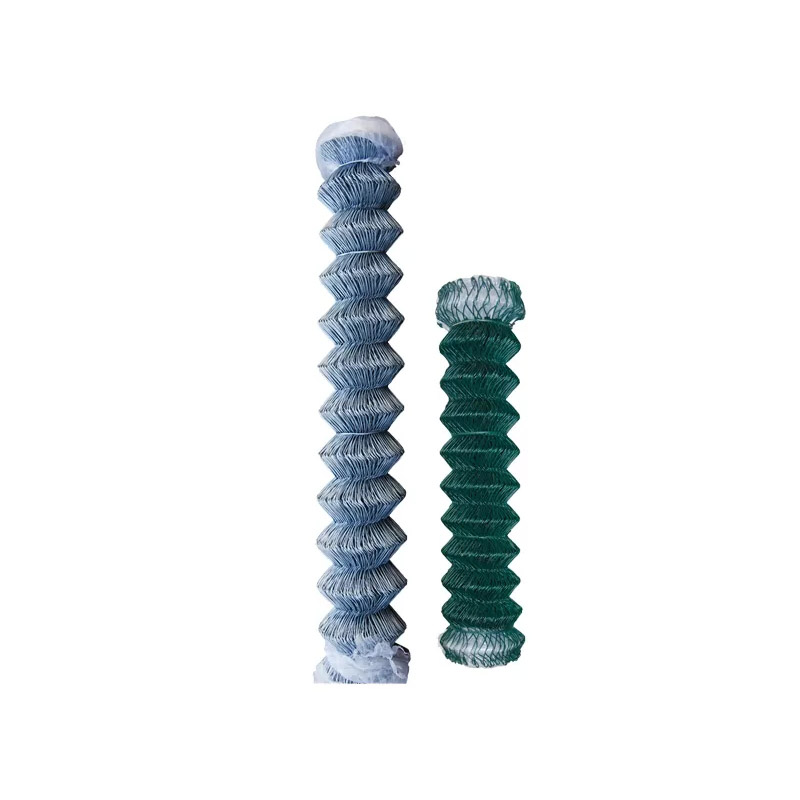
- Mobile Phone
- +8613931874955
- sales@cntcmetal.com
Tapered Compression Springs - Custom Solutions for Your Needs
Understanding Tapered Compression Springs An In-Depth Analysis
Tapered compression springs are unique mechanical devices that play a critical role in various engineering applications. Unlike traditional cylindrical compression springs, tapered compression springs have a variable diameter, gradually decreasing from one end to the other. This design feature not only differentiates them visually but also enhances their functionality across diverse use cases.
One of the main advantages of tapered compression springs is their ability to provide a more even distribution of stress and load. When compressed, a tapered spring exhibits a progressive spring rate, meaning that the resistance to compression increases proportionally as the spring is compressed. This characteristic makes them ideal for applications where a gradual increase in force is required, such as in automotive suspensions or within electronic devices where delicate components need protection from sudden impacts.
The manufacturing process of tapered compression springs involves careful material selection, usually high-carbon steel or stainless steel, to ensure durability and resilience. The tapering is typically achieved through precision coiling, which can be adjusted based on the spring's intended use. Engineers often employ computer-aided design (CAD) software to model the spring's specifications, optimizing it for factors like load requirements, space constraints, and desired performance characteristics.
tapered compression spring

In practical applications, tapered compression springs find their use in various industries, including automotive, aerospace, and consumer electronics. For instance, in the automotive sector, they are commonly utilized in shock absorbers and suspension systems. Their design allows for a smoother ride and better handling, absorbing road imperfections efficiently. In electronics, they are used in devices such as printers and cameras, where they help in mechanisms that require reliable and precise movement.
Moreover, tapered compression springs can be customized to meet specific application requirements, including differing lengths, wind directions, and materials. This versatility extends their usability in specialized mechanical environments and complex assemblies.
In summary, tapered compression springs are integral components in modern engineering, offering enhanced performance, durability, and versatility. Their unique design and functionality make them suitable for a wide array of applications, influencing everything from daily household items to advanced industrial machinery. Understanding their operation and benefits can lead to better design choices and innovations in mechanical systems.
share:
-
Yard Sign Stakes: Reliable Guardians of Outdoor SignsNewsAug.04,2025
-
Wall Ties: Invisible Guardians of Building StabilityNewsAug.04,2025
-
Resilient Web: The Super Guardian Power of Concrete MeshNewsAug.04,2025
-
Masonry Accessories: A versatile assistant on building foundationsNewsAug.04,2025
-
Iron Binding Wire: the 'invisible reinforcement specialist' in the fields of architecture and industryNewsAug.04,2025
-
Dynamic Spring: The diverse functions and excellent performance of Wire Tension SpringNewsAug.04,2025
-
Your Source for Concrete Wall Ties and Masonry AccessoriesNewsJul.10,2025



















